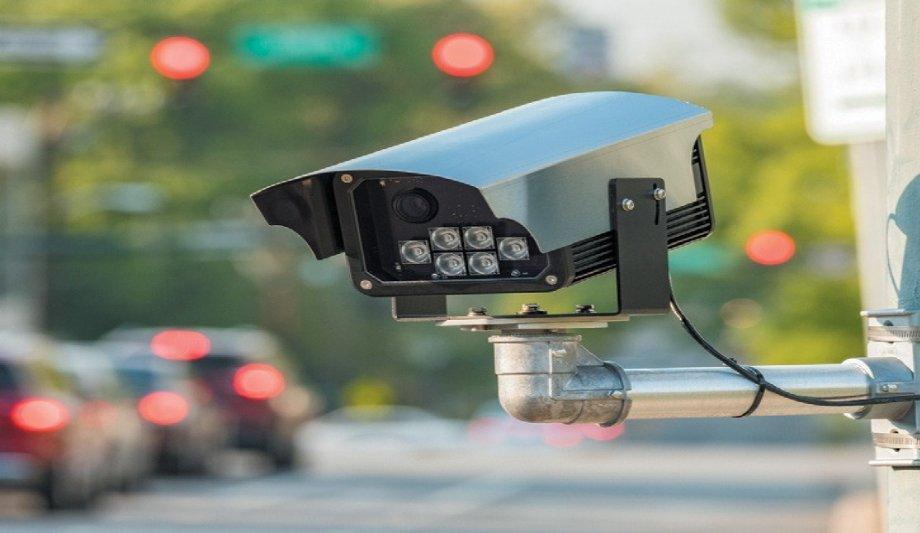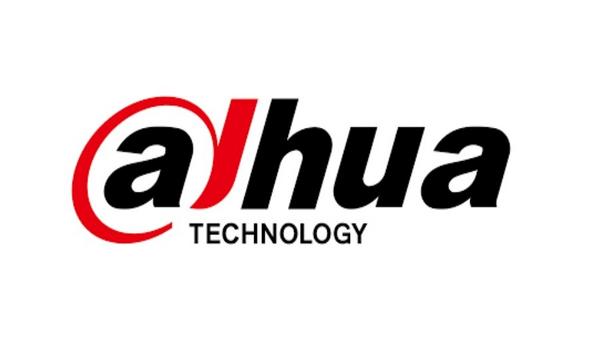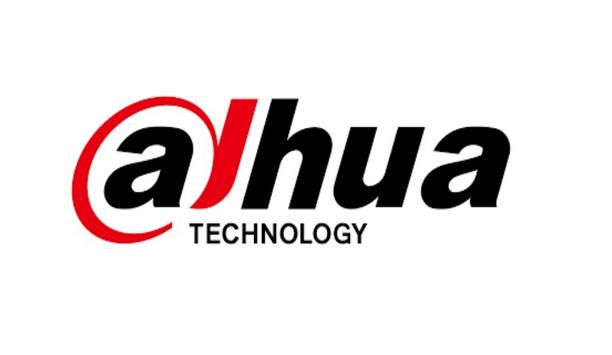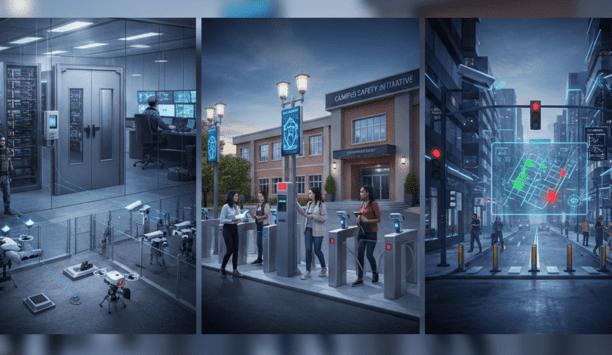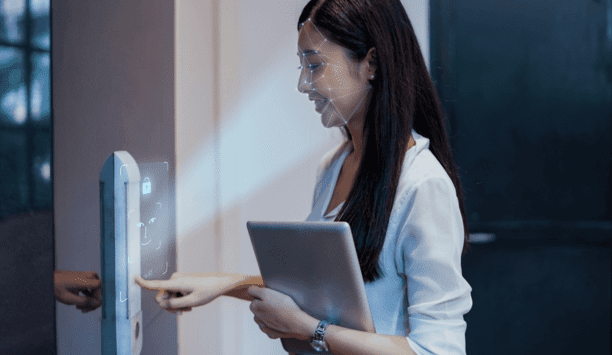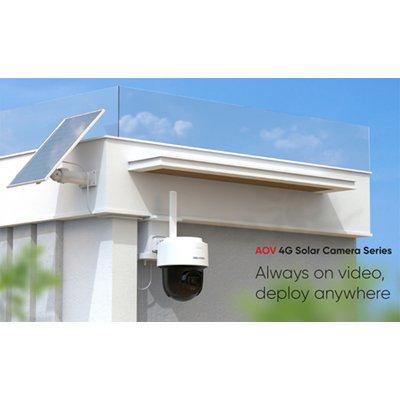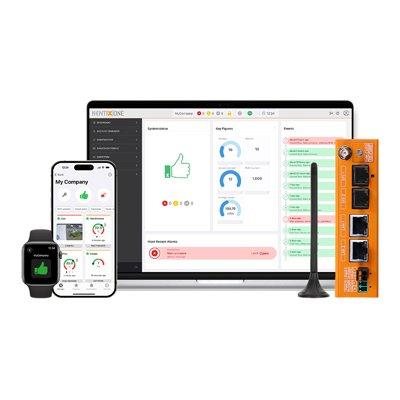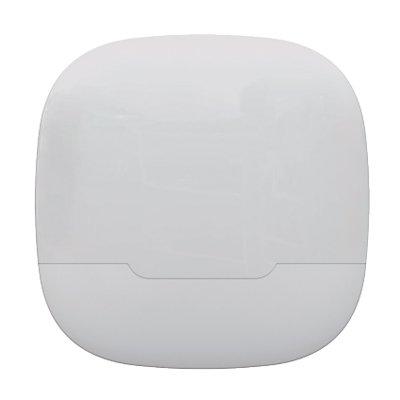One may know that fixed licence plate reader technology (LPR) is one of the most powerful security tools available for protecting buildings and perimeters of geographical areas. Today’s best practices for ELSAG® Fixed Plate Hunter LPR systems include:
- College, university, and school campuses
- Airports
- Casinos
- Manufacturing facilities
- Houses of worship
- Transportation depots
- Utility infrastructure
- Municipal buildings
- Military campuses
- Ports and border stations
Fixed plate readers are designed to protect people in high-pedestrian areas
Fixed plate readers are also proving to be fundamental components of public safety missions designed to protect people in high-pedestrian areas or those targeted by traffickers and predators. This e-book offers three real-life instances of fixed or semi-fixed deployments that not only keep buildings and perimeters secure but also people.
How ELSAG® Fixed LPR systems work
The ELSAG Fixed Plate Hunter ALPR in Action. Fixed ELSAG ALPR cameras are attached to infrastructures like a utility pole or sign gantry.
- Fixed cameras scan plates of passing vehicles, capturing license plate numbers, date/time stamps, and GPS
- The infrared camera captures b/w images of each plate and a color camera captures overview images of each
- A computer reads the plate characters and compares them with a hot
- Plates that match a white or hotlist trigger instant alerts to security officials
ELSAG fixed plate hunter ALPR performance
- Cameras read license plates, day or night, in any weather
- Plates are processed at up to 150 mph (241 kph) passing speeds, from over 100 feet away
- Plates are recognised using specially designed protocols for each jurisdiction in which the systems are deployed
- Alerts are sent to officials, command centers, and other patrol cars instantaneously, upon identifying a suspect vehicle
- Captured data includes date/time stamps, GPS coordinates, and photos of the license plate
- Fixed systems can capture the speed of passing vehicles
- Hotlist updates are wirelessly received and transmitted
Current cases of ELSAG fixed LPR deployments
Flexible LPR technologies allow one to address any law enforcement that involves vehicles with license plates
There are flexible LPR technologies available that allow one to address any law enforcement and security mission or challenge that involves vehicles with licence plates. Following are three examples of LPR programs using Leonardo systems that were started for routine purposes, then expanded to help keep people safer and more secure.
Town of Duck Police Department, NC
Duck, NC is a coastal community located in Dare County on the Outer Banks of North Carolina. It hosts about 20,000 people during the summer months. In 2015 The Chief of Police began an LPR program with two fixed cameras to help manage ‘burglary season’ on the island. Cameras read plates as vehicles enter and leave town.
Almost immediately two arrests were made in separate cases of burglars who had been stealing from area homes for over a decade. The Duck, NC program also identified stolen vehicles, located missing persons, and exposed narcotic activities, leading to the expansion of their LPR network. The additional fixed cameras protect the 30 miles from Manns Harbor to the Wright Memorial Bridge.
Public safety and security:
The Dare County LPR program is instrumental in keeping track of residents who adhere to hurricane evacuations and any who choose to stay on the island. LPR traffic tallies and licence plate numbers give officials an estimate of people who may need help during the crisis and an address.
BA Tránsito, Buenos Aires, Argentina
In 2015, BA Tránsito, the road traffic authority in Buenos Aires, used a network of fixed LPR cameras to support an initiative designed to protect the pedestrian-heavy area of the oldest part of the capital city known as the Autonomous City of Buenos Aires. Only taxi cabs, government officials, and other select vehicles are allowed to use the streets there. If any LPR camera reads the licence plate of a vehicle without a permit, they are mailed a ticket.
Public safety and security:
Every license plate number read is prominently displayed on digital signs for all other drivers to see
The success of the original LPR program led to a 2017 expansion to relieve traffic congestion in the area immediately surrounding the Autonomous City. This busy metropolitan area, the “center city ring,” has multi-lane roads in several directions, dangerously busy with vehicle activity.
BA Tránsito cut down daily traffic by half using fixed LPR systems. License plates ending with odd numbers can enter the center city ring on Mondays, Wednesdays, and Fridays. Plates ending with even numbers have access on Tuesdays, Thursdays, and Fridays. Police wait nearby to stop unauthorised vehicles. To encourage compliance, every license plate number read is prominently displayed on digital signs for all other drivers to see.
Collin County Texas Sheriff’s Office
North Texas Sheriff’s Criminal Interdiction Unit (NTSCIU)
The NTSCIU covers eight counties, looking for criminals who use interstates and highways to smuggle illicit contraband. In 2017 they started an LPR program with two mobile LPR units to read plates as officers patrolled. They expanded their LPR network in 2018 with the addition of an LPR radar trailer housing two fixed cameras to serve as a semi-fixed system that could be easily moved to different places along highways, as needed.
In 2018, they purchased an additional trailer to use along strategic routes and support requests from other agencies within the NTSCIU to help curtail crimes such as burglaries.
While there are countless headlines about NTSCIU’s removal of illicit drugs from Texas highways and seizures of drug money and other contraband, aided by LPR technology, one of their most important cases was the recovery of a child abducted in California. As described by an NTSCIU supervisor, that case alone paid for their entire investment in LPR technology.
Public safety and security:
In 2018, the NTSCIU learned of an Outlaw Motorcycle Gang rally in their jurisdiction. They deployed LPR radar trailers around the event site to gather data (license plate number, photos of each plate on a bike or vehicle, date and time stamps, and trailer identifier). Should events occur during the rally that would require investigating, law enforcement could analyse the data for information to help resolve the issue.
From facial recognition to LiDAR, explore the innovations redefining gaming surveillance

